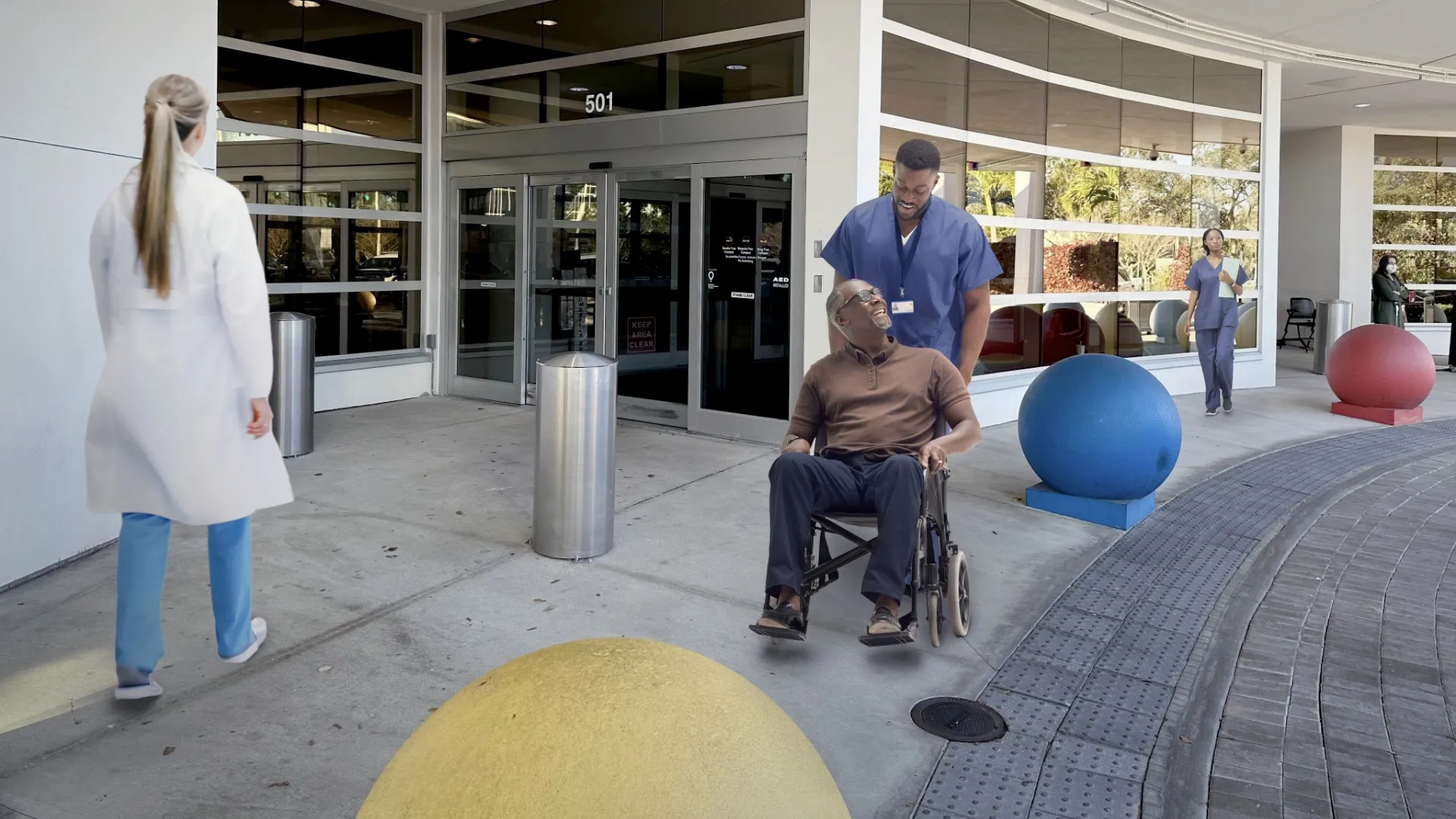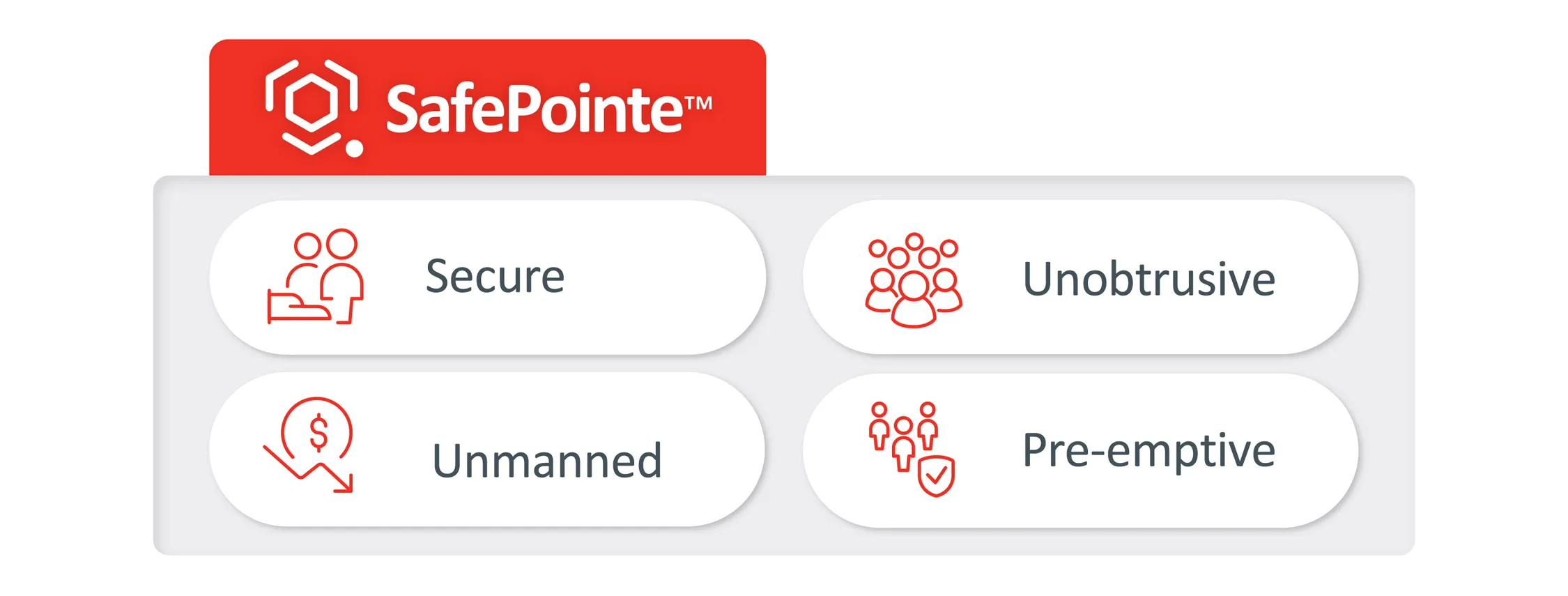Public safety trends from 2023 show an increase in shootings overall, including mass shootings, and hospitals are also seeing the same type of increase in violence. After the pandemic, a third of public healthcare workers have dealt with threats, anger, and aggression from the public, and healthcare workers are five times more likely to experience workplace violence than other workers. As threats on hospital staff and violence increase in hospitals, the discreet and passive screening of those entering the hospital frees up security personnel to actively respond to threats in other areas and be visible throughout the hospital. By reshaping how threats are detected using artificial intelligence (AI) and machine learning (ML), technology can scan, locate, and dictate responses quickly and accurately while staying unobtrusive. SafePointe’s concealed weapons detection for hospitals uses passive detection to detect threats and enhance safety without compromising patient care.
Evolution of Safety in Healthcare
Safety is increasingly at the forefront of healthcare facilities’ concerns. Staffing shortages, worries about enough personnel to be at security areas around the clock, and the delays that arise as visitors and staff file in a single line through metal detectors can frustrate people, leading to negative customer service experiences. Technology can provide a valid and viable solution for the visitor, staff, and patient experience while reducing security staffing needs.
Healthcare facilities and those they serve rely on technology that is operational 24 hours a day, every day. That includes safety and security systems. Patient care starts with safety and hospital security staff must trust that the weapons detection system will help keep everyone in the facility safe.
A Different Approach
SafePointe is an AI-driven solution designed for subtle yet efficient screening in healthcare environments and other contexts. Utilizing cutting-edge sensor technology, it covertly identifies individuals carrying weapons, greatly minimizing the occurrence of false alarms.
SafePointe’s key differentiators include the following:
- Free flow: The detection system is placed in bollards, planters, or plant stands outside entrance doors and scans all entrants as they walk in. As a result, visitors can walk through in a free-flow pattern rather than forming a line to get through a security checkpoint, resulting in an improved visitor experience.
- Discreet: The bollards blend in with the building’s architecture and aesthetic, effectively scanning entrants without causing anxiety the way a metal detector might.
- Unmanned: SafePointe weapons detection technology does not require security personnel to man the locations. Instead, the scans alert the SafePointe monitoring center to visually verify and report threat levels to the facility and security center personnel, along with pushing information via a mobile app with notifications.
- Passive: A metal weapon changes the naturally induced magnetic field, and the SafePointe sensors detect those changes in the magnetic field by passively scanning entrants. The technology’s passive nature ensures sensitive electronic devices and medical equipment, such as heart monitors, can be scanned safely.
- Flexible: The units can sit outside in many weather conditions. The units must be part of a pair, but they can see through walls up to two feet of steel and reinforced concrete. This makes the units a bit more flexible when determining placement.
SafePointe’s discreet and passive concealed weapons detection system enables hospitals and healthcare facilities to focus on keeping patients, staff, and visitors safe without compromising patient care.




